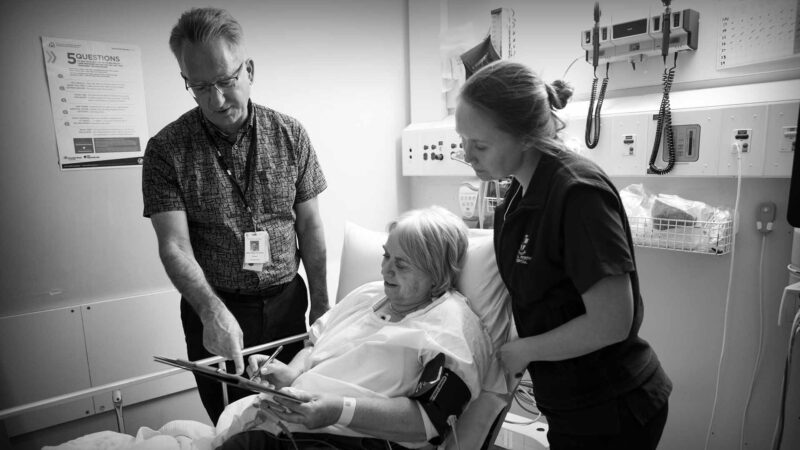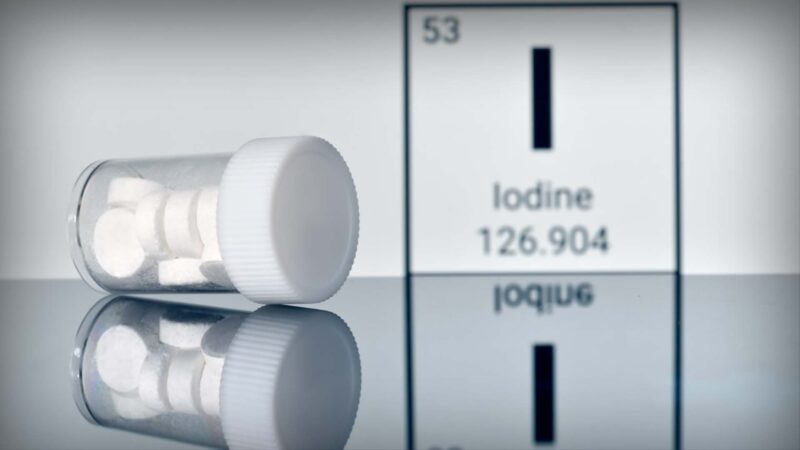PATHOGENICITY, MODELLING & TREATMENT OF INHERITED RETINAL STARGARDT DISEASE
Dr Di Huang
Research Associate
Lions Eye Institute, Nedlands, Western Australia
RESEARCHER PROFILE
Filmed in Perth, Australia | July 2025
Dr Di Huang is a Research Associate at the Lions Eye Institute (LEI), working with A/Professor Fred Chen and Dr Sam McLenachan. Her research focuses on developing a robust platform of retinal pigment epithelium cells and retinal organoids derived from patient-specific induced pluripotent stem cells to model inherited retinal diseases, particularly Stargardt disease (STGD1).
STGD1, caused by ABCA4 mutations, leads to progressive photoreceptor degeneration and vision loss. Dr Huang’s research investigates splice-switching antisense oligonucleotides (SS-AONs) as a therapeutic strategy. Unlike traditional gene replacement therapies, SS-AONs transiently modulate pre-mRNA splicing, offering a mutation-specific, reversible approach with potentially enhanced safety and efficacy.
Utilising patient-derived fibroblasts from the Western Australian Retinal Disease Study biobank, her team aims to characterise ABCA4 variants, elucidate disease mechanisms, and assess SS-AONs’ therapeutic potential through advanced molecular and functional analyses. This research seeks to refine genetic diagnoses, facilitate patient stratification for clinical trials, and advance precision medicine approaches for inherited retinal diseases.
Dr Huang completed her PhD at Murdoch University, through a scholarship awarded by the Perron Institute and Murdoch University before joining LEI. She has authored ten publications, seven as first author, and has had two abstracts published in the Association for Research in Vision and Ophthalmology conference proceedings. She has received multiple awards in 3-Minute Thesis competitions, including the Virtual Asia-Pacific competition. Her research is supported by Lions Eye Institute Strategic Funding (2023), Retina Australia (2024), and Australian Vision Research (2025).
Source: Supplied, and supplemented
You Might also like
-
Clinical Research in Emergency Medicine
Professor Daniel Fatovich is a senior emergency physician and clinical researcher at Royal Perth Hospital Emergency Department (ED), with over 30 years’ experience in the design and conduct of clinical research in Emergency Medicine. He is also Head of the Centre for Clinical Research in Emergency Medicine (CCREM) within the Harry Perkins Institute of Medical Research.
-
Mechanisms of resistance to menin inhibitor therapy and Acute Myeloid Leukaemia
Dr Rithin Nedumannil (MBBS, MPH, FRACP, FRCPA) is a PhD candidate at the University of Melbourne, undertaking his doctoral studies in collaboration with the Cambridge Stem Cell Institute (Cambridge, UK) and the Peter MacCallum Cancer Centre (Melbourne, Australia). He is a clinical haematologist and haematopathologist with current appointments at Peter MacCallum Cancer Centre, the Royal Melbourne Hospital, Austin Health and Northern Health.
-
Iodine in pregnancy on baby brain and nervous system development
Dr Karen Best is Senior Research Fellow in the South Australian Health and Medical Research Institute (SAHMRI) Women and Kids Theme. She is a Registered Midwife with a unique breadth of experience in clinical project management, academic skills and knowledge translation and is committed to better understanding the essential role that modifiable exposures in pregnancy play in setting the foundations for a healthy start to life.



